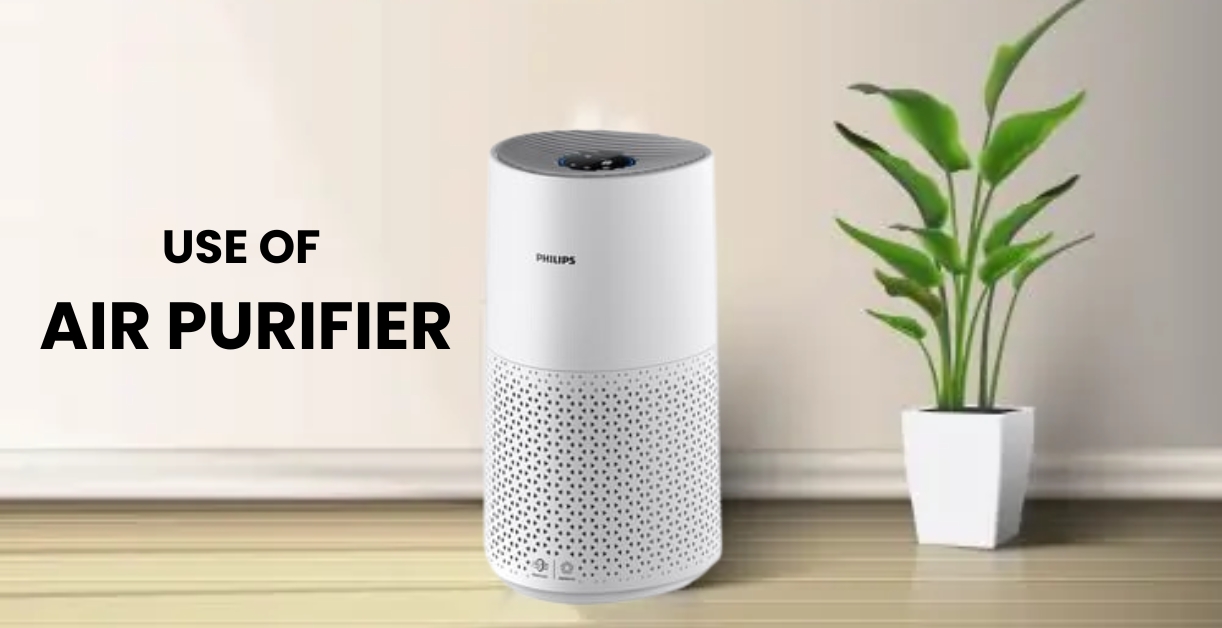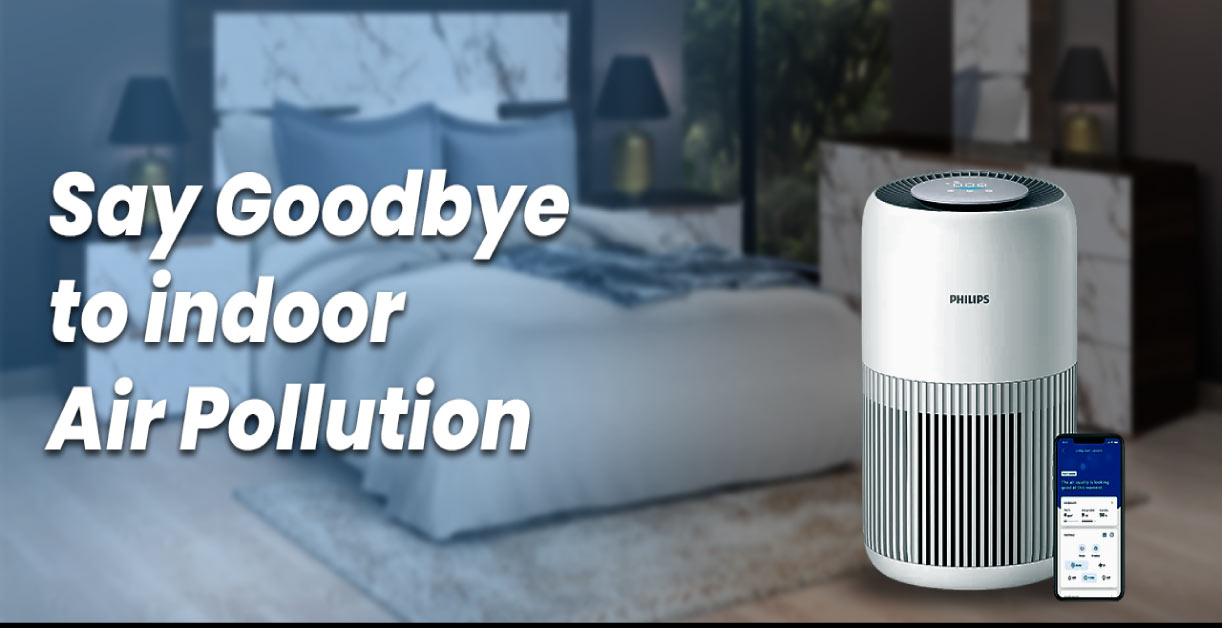As the name infers, an air purifier is a device that purifies the air and improves the air quality of a particular area. The currently marketed air purifiers may be operated via a rechargeable battery or a connection to the electric socket. The device ensures a health-centric approach and is an excellent value for money. However, it has been observed that the potential consumers need to be more explicit about their needs and to perturb this one-time purchase. Following this, we have gathered several factors that must be adhered to for a handsome deal.
Air Purifier Buying Guide
The following list demonstrates the factors that must be considered before heading on for the purchase.
- Size of the Device
- CADR Rating
- Type of Filter
- Energy Efficiency
- Extra Features
- Budget
Size of the Device
The first and foremost aspect to consider is the size of the device. It is imperative to measure the proper length, breadth, and height of the desired placement and purchase the air purifier accordingly. The measurements are usually in inches and set the tone for the purchase. As for a portable cleaner, the size can be decided correspondingly.
CADR Rating
Followed by this is the CADR Rating. CADR is an acronym for Clean Air Delivery Rate and is a decisive factor. A general rule of thumb is that the higher the rating, the cleaner the air. That being said, it is crucial to consider the high CADR rating and make this one-purchase fruitful. The purchase for a high CDR rating is associated with a high cost; if budget is not the constraint, then going forward with it creates a win-win situation. Consequently, the new idea generation increases productivity and adds a cherry on top. Moreover, the loved ones would be safeguarded from prevalent diseases like malaria and nausea.
Type of Filter
The type of filter used is yet another crucial factor that cannot be avoided. The high-quality fiber absorbs excessive contaminants like dust and bacteria and reflects cleaner air. Fiber is the most sought-after essence in filters; the outcome is incredible, but the high cost may prove a setback for many.
Energy Efficiency
The fourth on the list is energy efficiency. The energy cost depends upon the device’s power rating; the higher the power rating, the greater the energy consumption and the higher the costs. Thanks to modern-day manufacturers, ways for achieving energy efficiency are considered via existing technology—trademarks like Energy STAR signal that the device is energy-efficient and is an excellent value for the deal.
Extra Features
You may be surprised to hear that an air purifier is associated with some extra features, one of which is rife is sensors. Sensors detect the external environment and find areas where running the internal fan is necessary; this helps to reduce energy costs. It is achievable by the inculcation of technology, indeed. On the other hand, a LED display that shows the air quality reading attracts consumers and is a source of persuasion.
Budget
Last but not least, we have the budget. Budget is a factor that creates or bridges the gap between buyers and sellers; it is essential to consider not only the purchase cost but the associated variable costs too. On the other hand, a cost-and-benefit analysis demonstrates the figures for various products and helps make an informed purchase decision.
Conclusion
An air purifier protects from contaminants and maintains a healthy working environment. It can be safely concluded that the product is a must-to-have if one is genuinely concerned the health. As for a great deal, it is vital to find a reliable dealer with warranty claims, after-sales service, etc.







